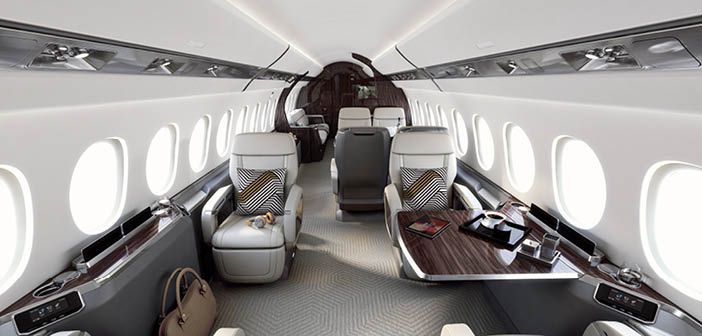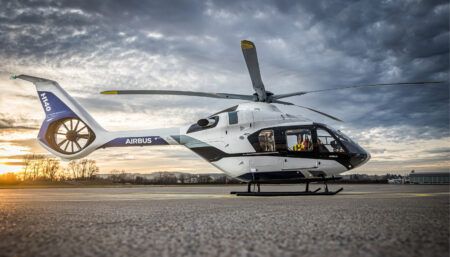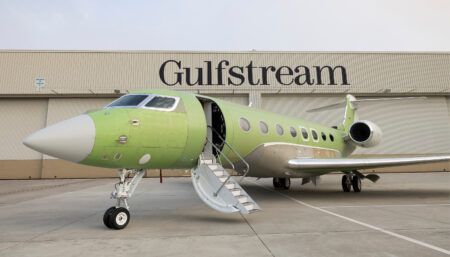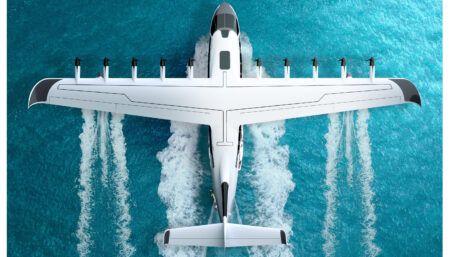Dassault Aviation reports that the Falcon 6X, its latest and roomiest aircraft, is making steady progress towards its first flight in early 2021. After a brief disruption due to COVID-19, the company’s main assembly facility in Bordeaux-Merignac, France, are now back to normal operations. The OEM said it had implemented safer procedures with smaller production crews, who are now working once again in two shifts.
The Dassault flight test team is currently coordinating with EASA and the FAA to finalise the flight test and validation programme.
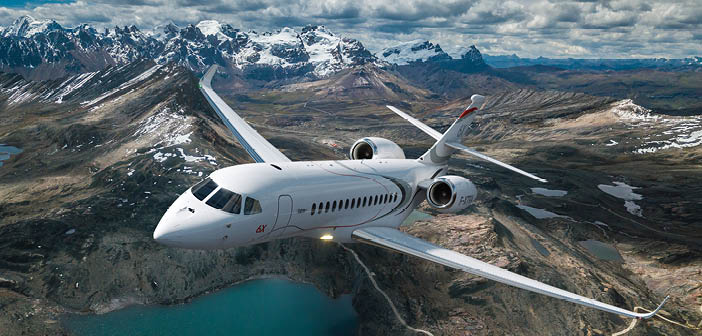
“Bringing the Falcon 6X to market on schedule is a top priority for the company,” said Eric Trappier, chairman and CEO at Dassault Aviation. “Our planning and production staff have been diligent and resourceful in adapting procedures to new sanitary guidelines to keep this programme running smoothly. Our suppliers have also made extraordinary efforts to support us. We are grateful to them all.”
The first of the three pre-production aircraft that will take part in flight certification has been powered up and has entered ground testing. Aircraft numbers two and three are in advanced stages of assembly and long-cycle parts production for serialised production has already begun. Certification and entry into service are set for 2022, in keeping with the original timetable. The second aircraft recently had its wings mated to the fuselage and the third aircraft is in the early stages of final assembly. Each will be heavily instrumented and, like aircraft number one, will be capable of performing aerodynamic, performance and systems testing.
Aircraft number three will be fitted with a full interior to evaluate systems functionality, acoustics, airflow, comfort and other factors. Interior furnishings, environmental systems, electronics and other equipment are currently being tested in a ground test rig prior to installation on the aircraft.

Electric, hydraulic and fuel system tests have been completed and testing of the Falcon 6X’s advanced digital flight control system have begun. Ground fatigue and damage tolerance testing has also been initiated. This test cycle will later be extended to include stress testing to maximum load limits and beyond.
Assembly of Falcon 6X engines and nacelles is ramping up in parallel. The Pratt & Whitney Canada PW812D engine completed an initial airborne test campaign earlier in 2020 on Pratt & Whitney’s Boeing 747 testbed and a second series of flight tests are scheduled this summer. To date the PW812D has accumulated more than 200 hours in the air and in excess of 1,600 hours on the ground. It has also completed initial certification tests, including bird strike, ice ingestion and blade-off tests.
The Falcon 6X cabin will be 6ft 6in tall by 8ft 6in wide, and the aircraft will have a range of 5,500 nautical miles.


